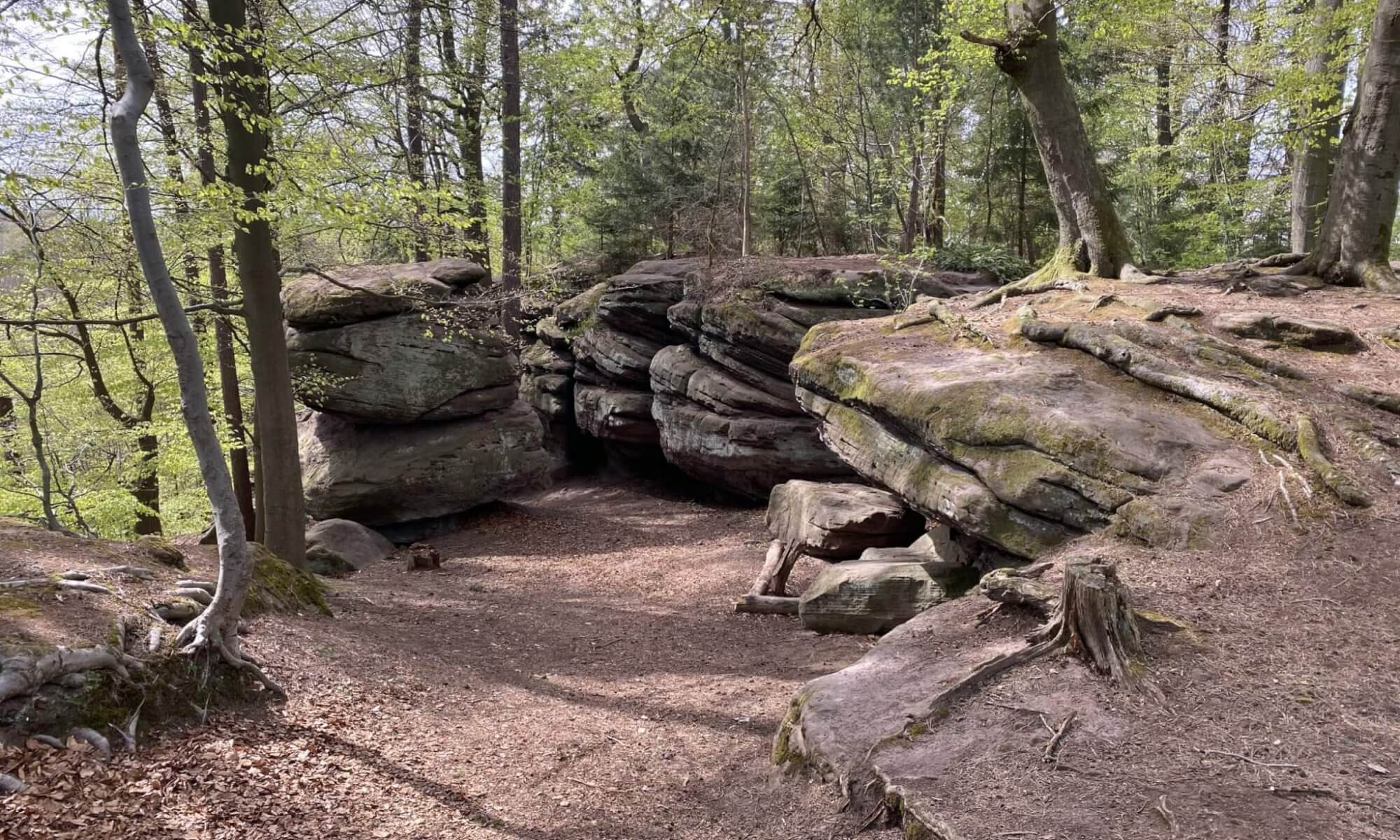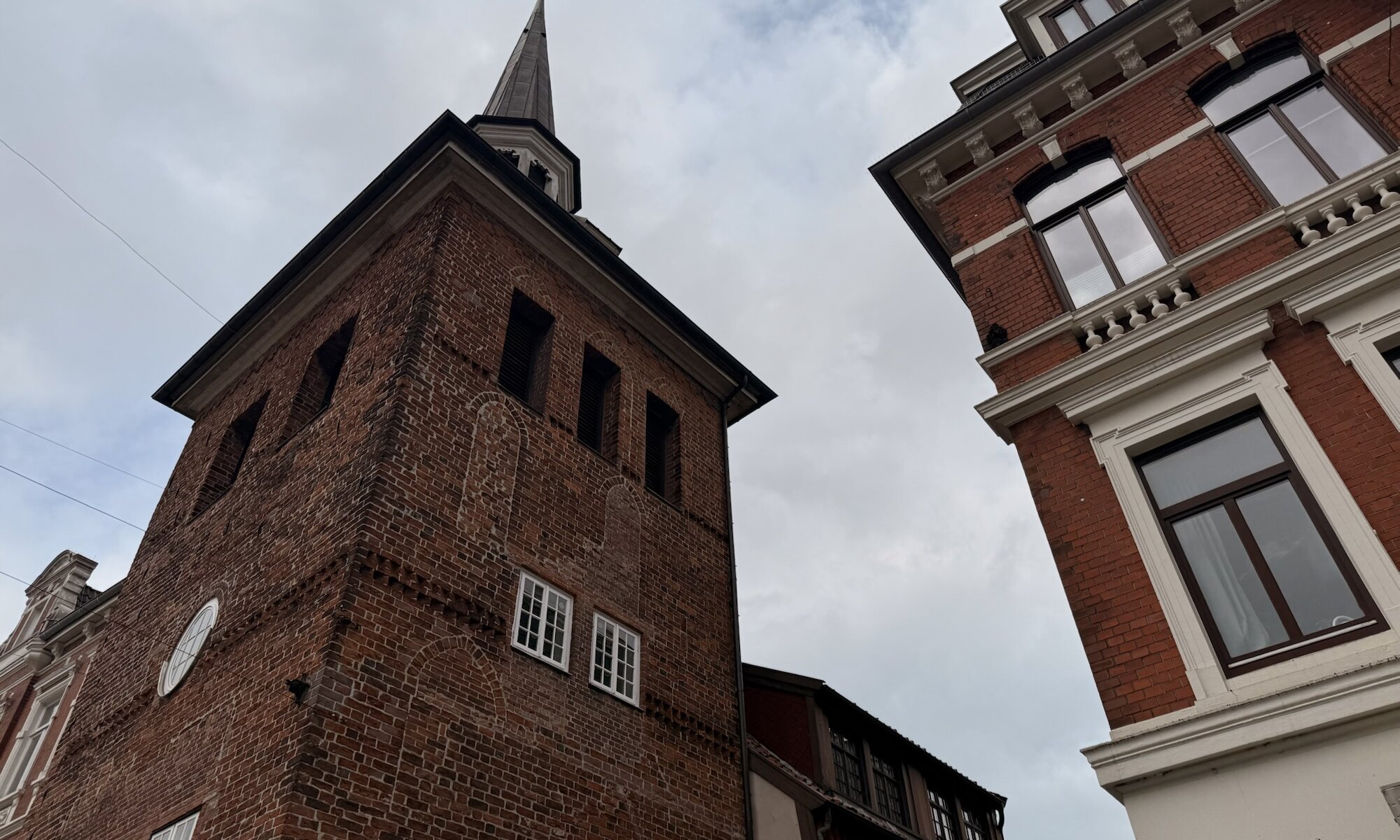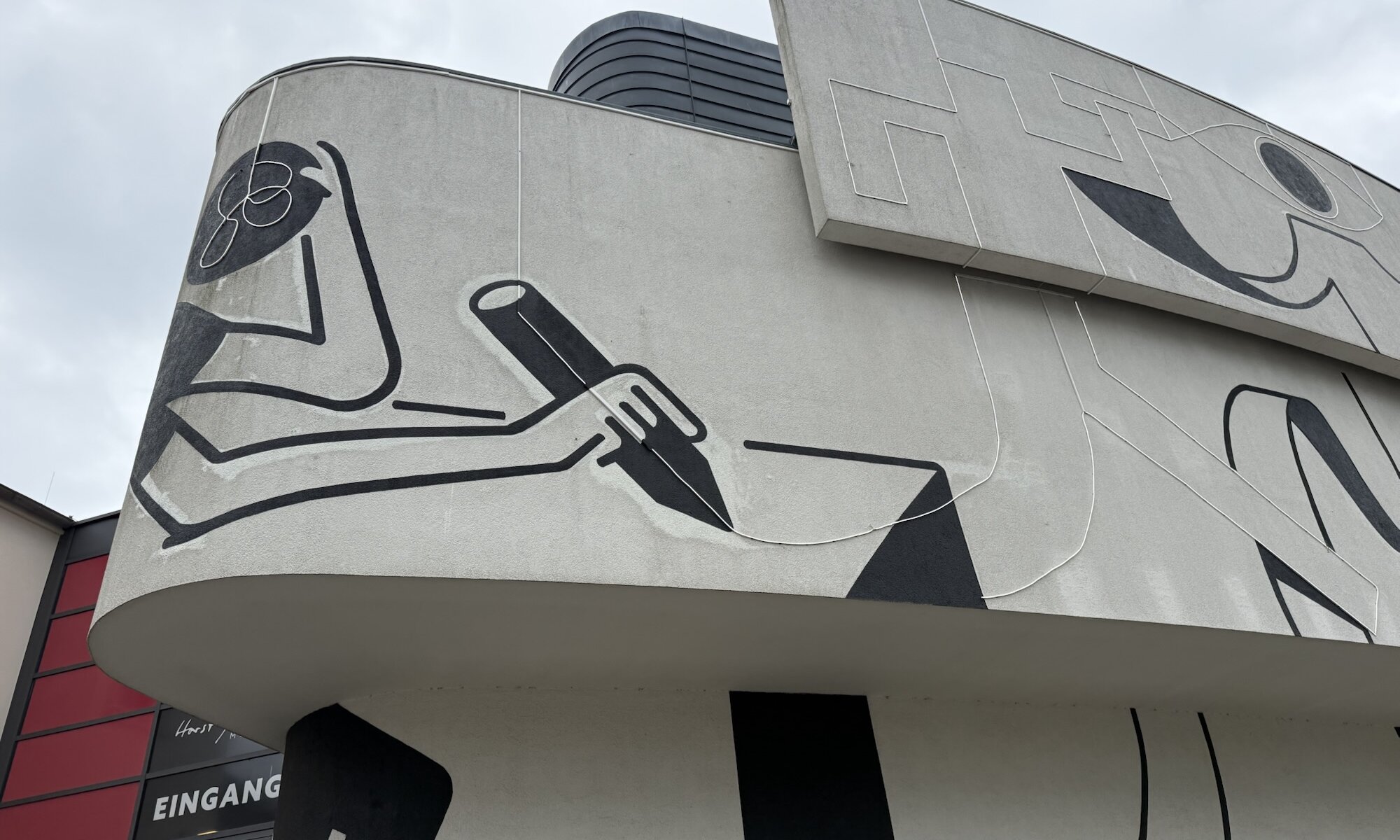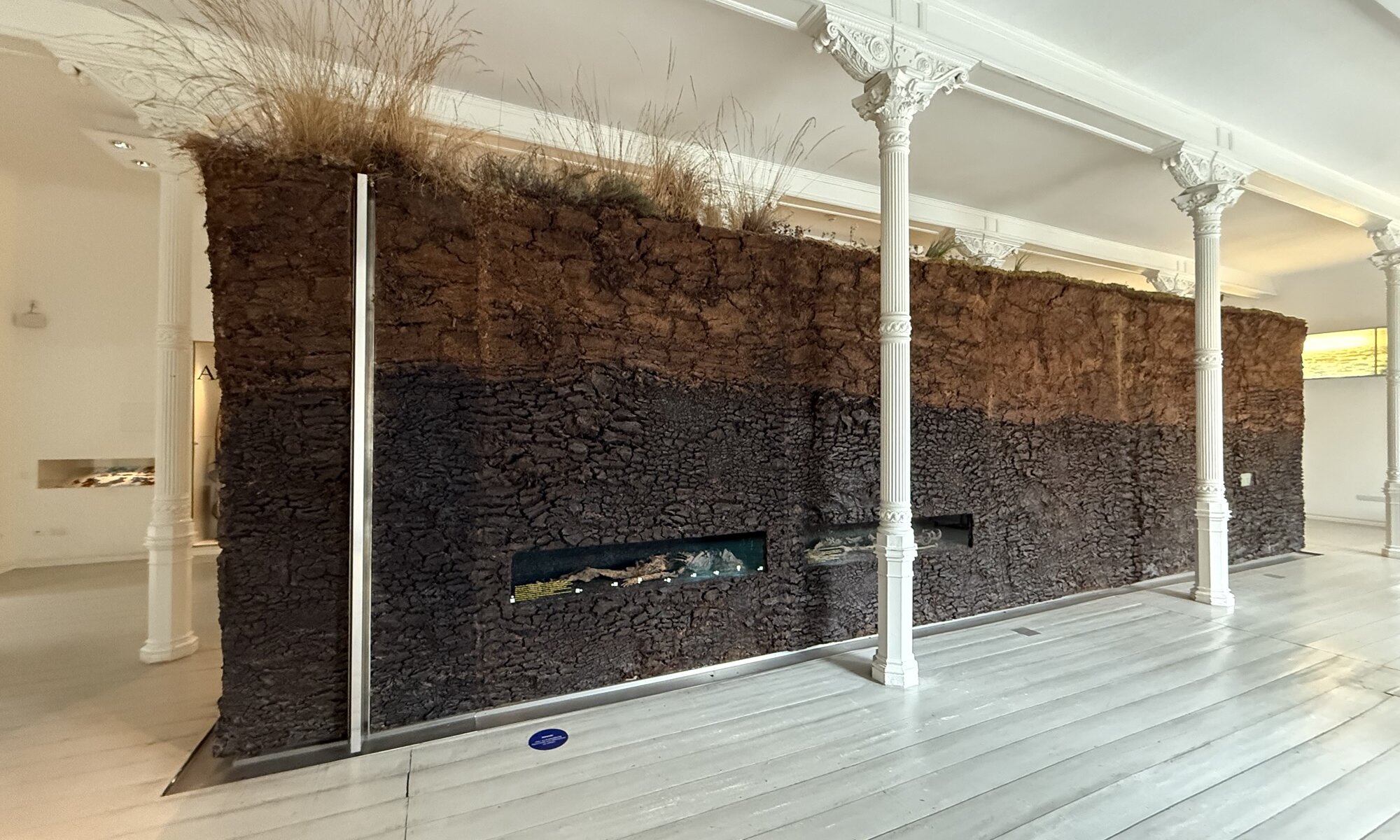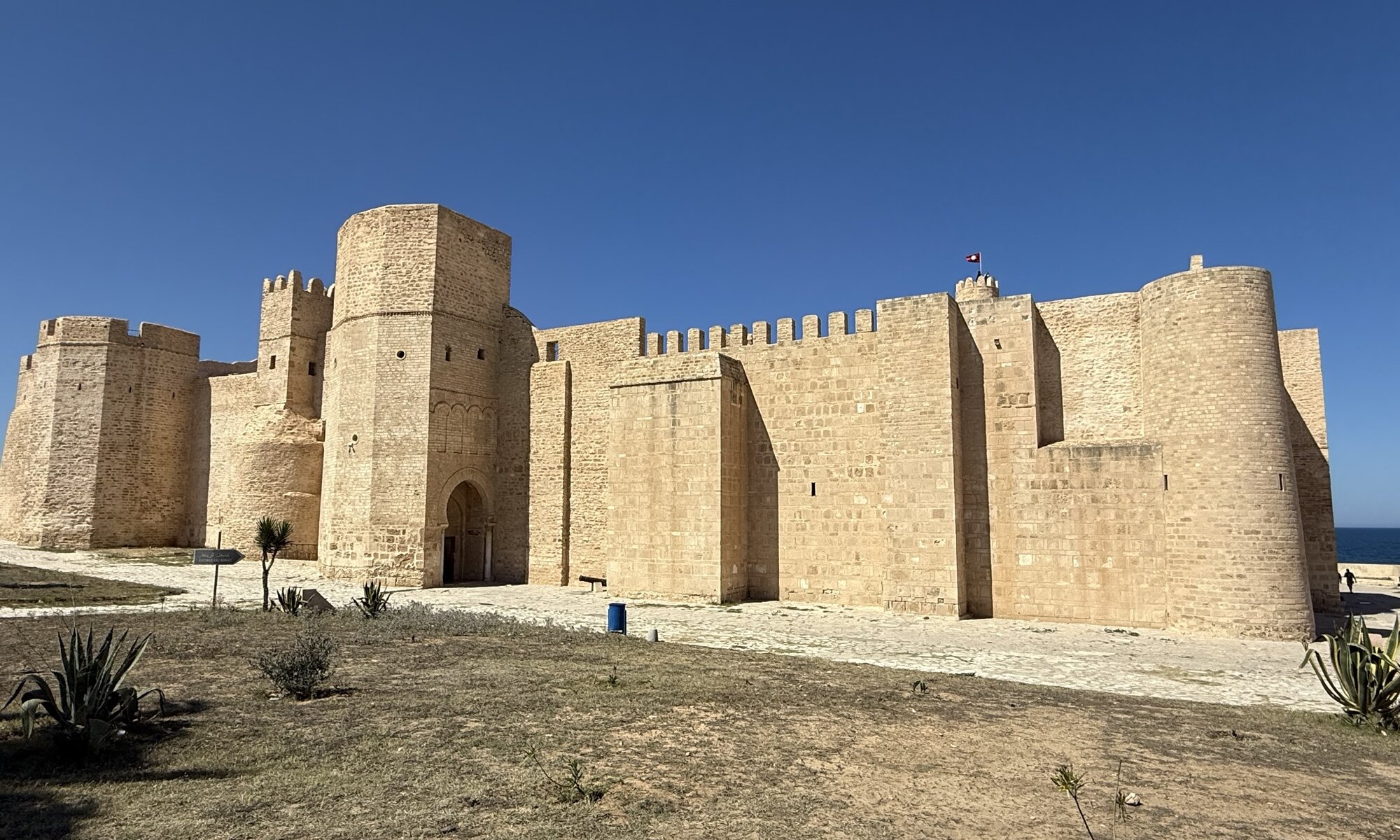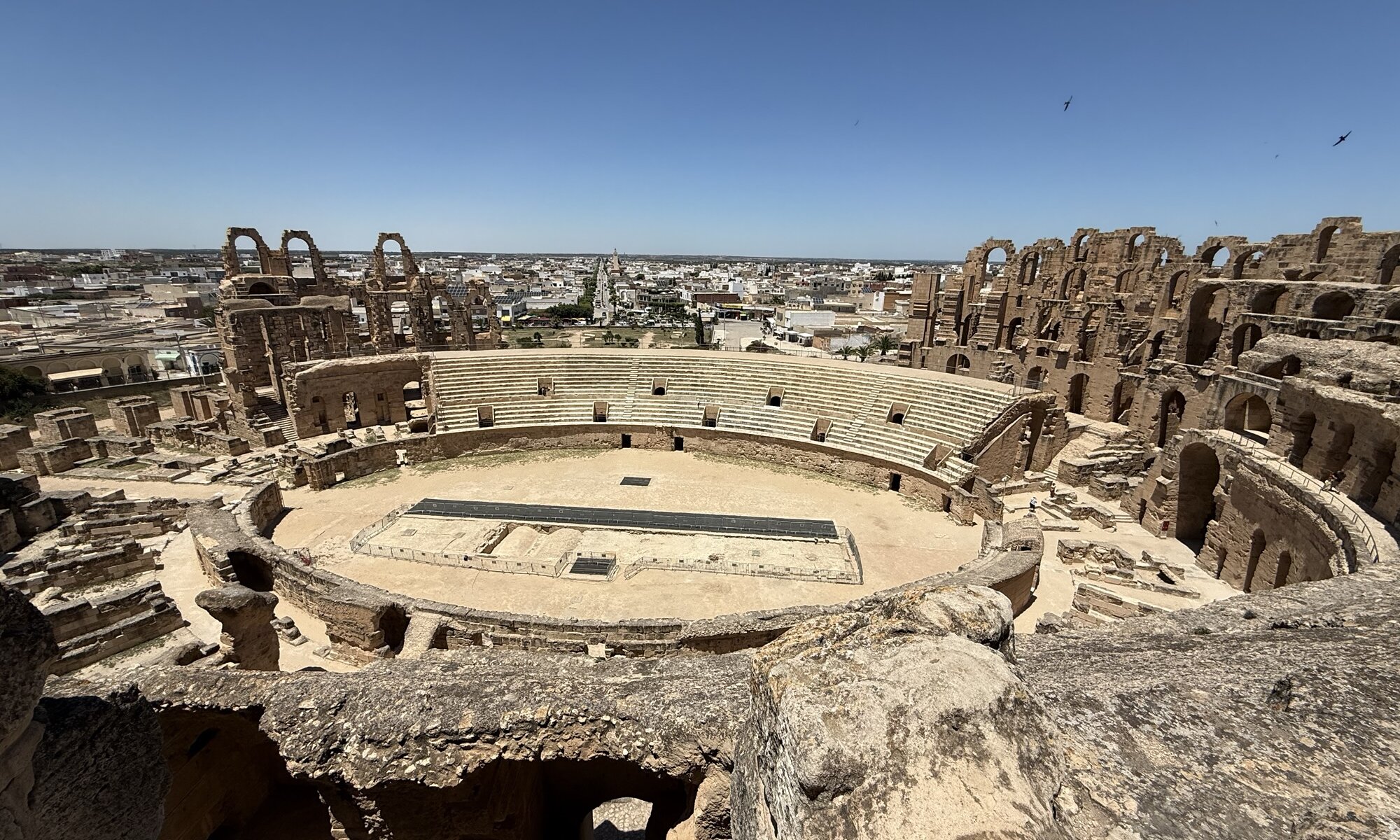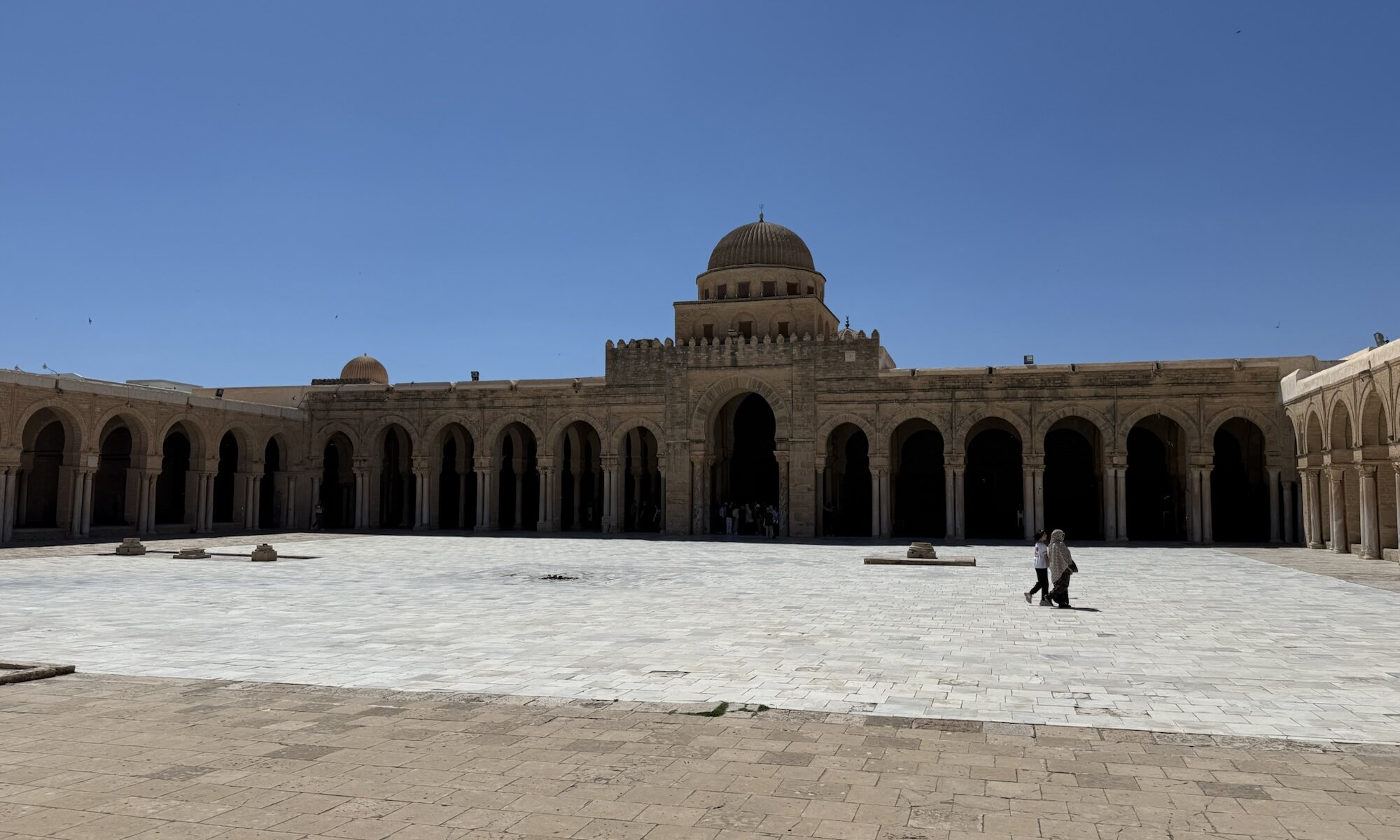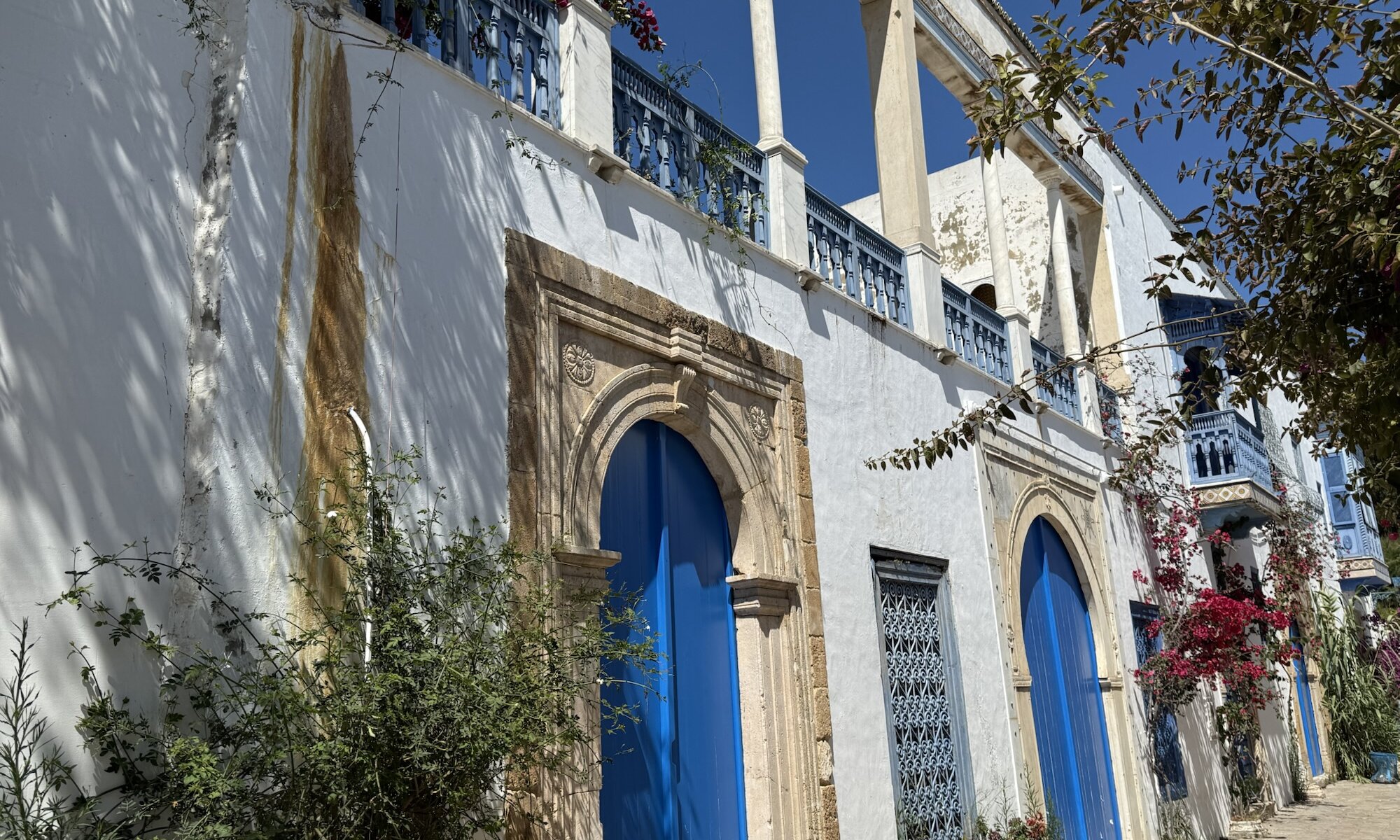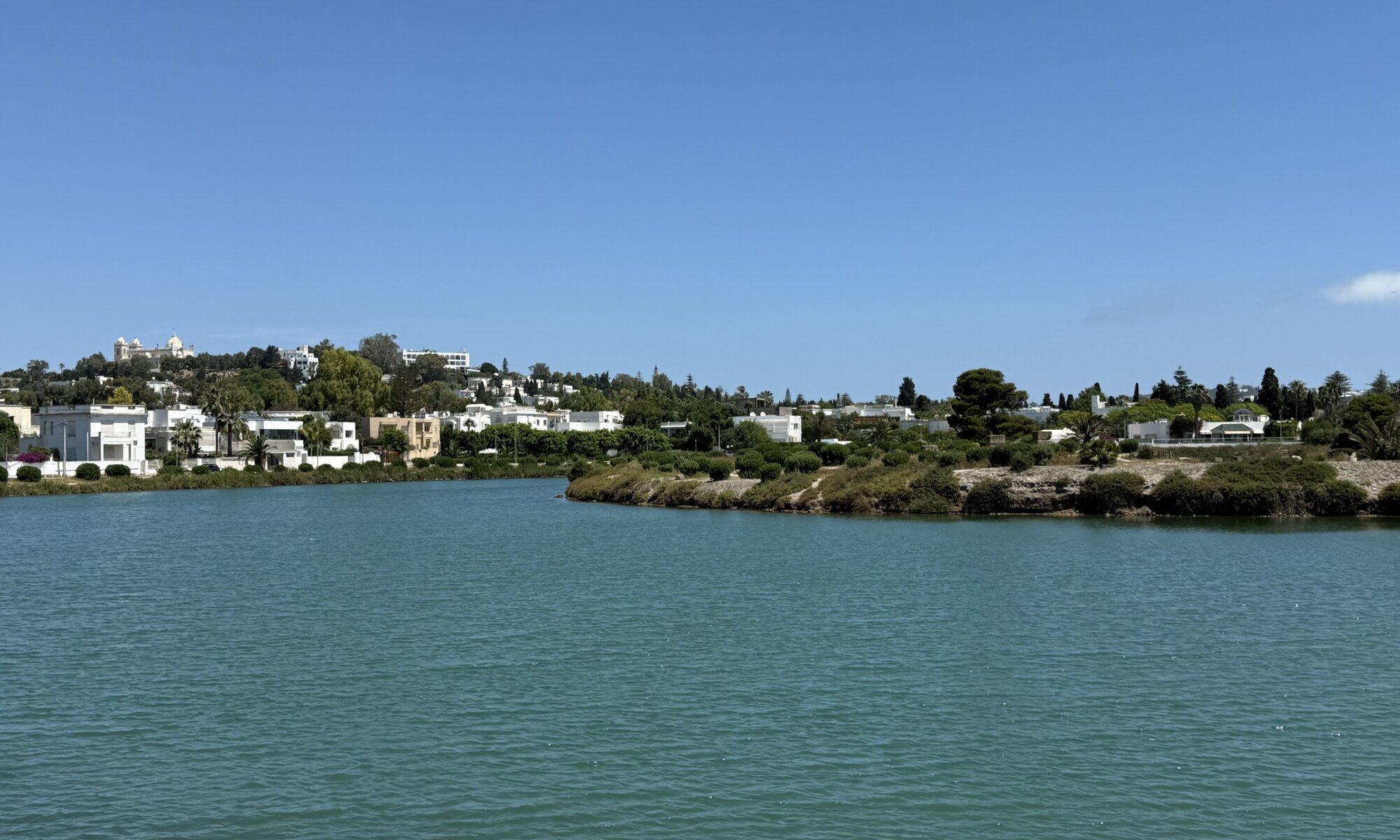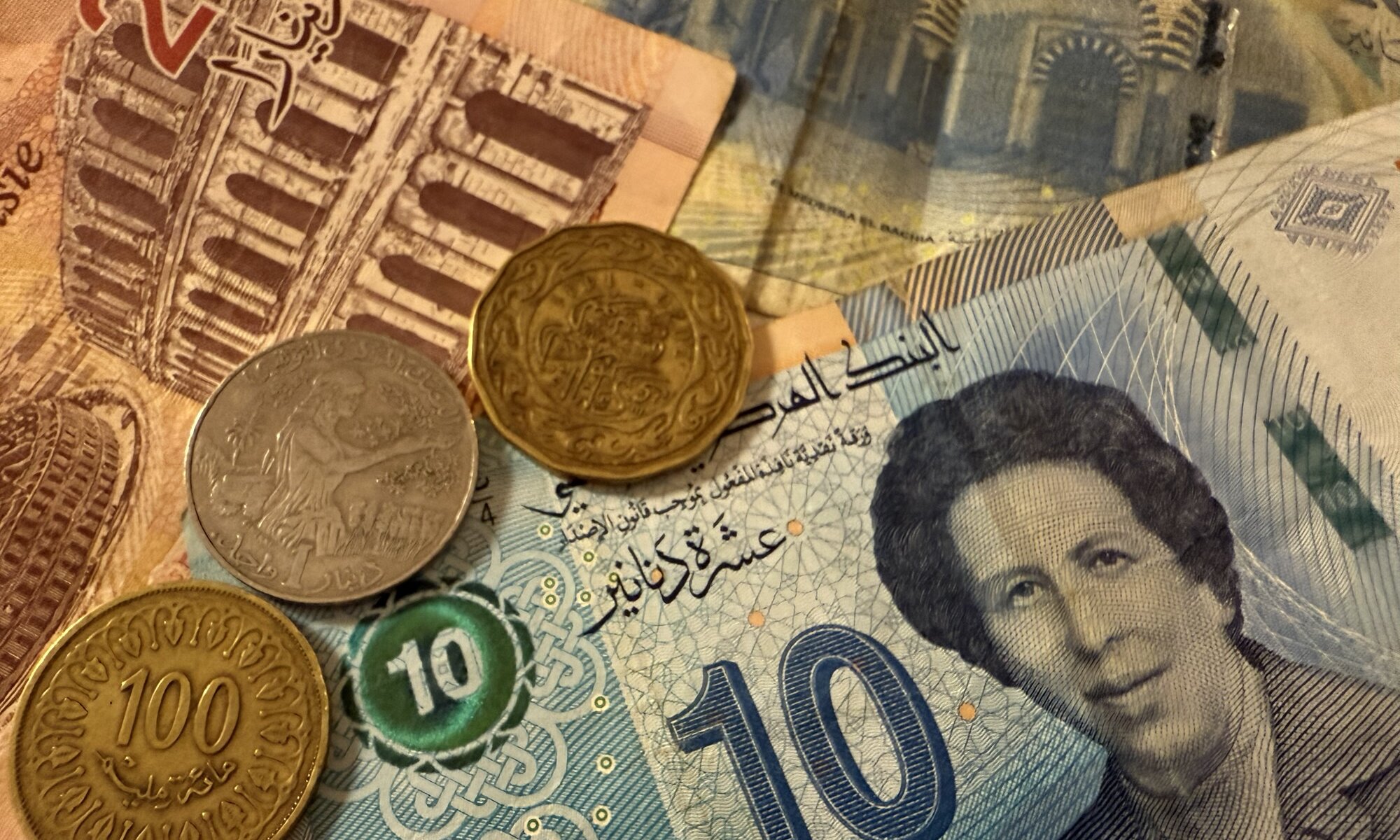Oldenburg’s roots stretch back to the early Middle Ages, with archaeological finds dating its first settlements to the 7th or 8th century. The city was first recorded as ‘Aldenburg’ in 1108, when it was a strategic fortress on a trade route between Bremen and Frisia. Over the centuries, Oldenburg grew in importance, becoming a seat of power for the Counts of Oldenburg, and later, through dynastic ties, influencing the thrones of Denmark, Norway, and Sweden. The city endured periods of prosperity and hardship, including devastating fires and Danish rule, before emerging as a vibrant regional center. Today it is the third largest city in the German federal state of Lower Saxony.
Continue reading “Oldenburg in Oldenburg”Janssen
The Horst-Janssen-Museum in Oldenburg is a cultural highlight for anyone interested in the graphic arts and the complex life of one of Germany’s most celebrated artists. Opened in 2000, the museum is dedicated entirely to Horst Janssen, offering a comprehensive look at his artistic legacy across 1,000 square meters of exhibition space. Visitors encounter a diverse array of his works – drawings, etchings, wood engravings, lithographs, posters, and illustrations – arranged thematically to reflect the many facets of his creativity. The museum also features a reconstruction of Janssen’s studio, providing a vivid sense of his working environment and personal world.
Continue reading “Janssen”Mensch und Natur
The Landesmuseum Natur und Mensch in Oldenburg is a fascinating destination for anyone interested in the interplay between people and the natural world. Housed in one of Germany’s oldest museums, its exhibitions focus on the diverse landscapes of the region, from moorlands to marshes and the Geest. Visitors can explore permanent displays that highlight the natural habitats for local flora and fauna, as well as the ways humans have shaped and adapted to these environments since the Stone Age. The museum also features an aquarium showcasing the underwater world of the Hunte river and a mineral vault with precious stones and minerals.
Continue reading “Mensch und Natur”Schloss Oldenburg
The Schloss at Oldenburg is a striking example of Renaissance architecture, built primarily in the early 17th century on the site of a medieval lowland castle dating back to around 1100. The transformation into a residential mansion was initiated by Count Anton Günther of Oldenburg, who modeled it after Italian palazzi, resulting in a four-wing complex with Renaissance-style façades adorned with sculptural details. Over the centuries, later rulers added elements of Classicism and Neorenaissance, giving the Schloss a rich architectural layering that reflects its long history as a seat of power and culture in the region.
Continue reading “Schloss Oldenburg”Ribat
The Ribat de المنستير is a remarkable example of early Islamic military architecture, built in 796 AD by the Abbasid governor Harthama ibn A’yan during the Muslim conquest of the Maghreb. It stands as the oldest ribat constructed by the Arab conquerors and remains one of the most prominent historical monuments in Monastir, Tunisia. Originally designed as a fortress to protect the coastal region, the structure features a quadrilateral layout that was expanded over centuries, incorporating circular and polygonal towers to enhance its defensive capabilities. The ribat also includes two mosques and small rooms used by warrior monks for prayer and meditation, reflecting its dual military and religious functions.
Continue reading “Ribat”El Jem
The Amphithéâtre de El Jem, located in modern-day Tunisia, is an extraordinary example of Roman architecture in Africa, built around 238 AD. It stands out as one of the largest and best-preserved Roman amphitheatres, capable of holding about 35,000 spectators. Unlike many amphitheatres built into hillsides, El Jem’s structure is free-standing on flat ground, supported by a sophisticated system of arches and stone blocks without foundations. Its elliptical shape measures roughly 148 by 122 meters, and it features three levels of arcades with Corinthian or composite columns, reflecting a high level of architectural accomplishment for its time. The arena also includes subterranean facilities for animals and gladiators, accessed through trap doors, demonstrating advanced engineering.
Continue reading “El Jem”Kairouan
القيروان, founded around 670 AD by the Umayyads during Caliph Mu’awiya’s reign, is a historically significant city in Tunisia and the Maghreb. It was the first Muslim city established in this region and quickly became a major center of Arab-Muslim civilization. For five centuries, Kairouan served as the capital and a vibrant hub of culture, education, and religion, reflecting the early development of Islamic architecture and urbanism. Its medina, with over a hundred monuments, narrow winding streets, and traditional souks, remains a living museum of Islamic art and history.
Continue reading “Kairouan”Sidi Bou Saïd
سيدي بوسعيد is a captivating village perched on a steep hill overlooking the gulf of تونس, about 20 kilometers northeast of the capital of Tunisia. Its dramatic ascent offers visitors stunning panoramic views of the Mediterranean and the ancient city of Carthage below. The village’s distinctive blue and white architecture, introduced in the 1920s by the French painter and musicologist Rodolphe d’Erlanger, creates a striking visual harmony that has made Sidi Bou Saïd a beloved destination for travelers interested in history and culture.
Continue reading “Sidi Bou Saïd”Carthage
Founded around 814 BCE by Phoenician settlers from Tyre, Carthage was a major ancient city located in present-day Tunisia near modern تونس. It grew rapidly into a powerful maritime empire controlling key Mediterranean trade routes. The city was strategically placed on a triangular peninsula with a natural harbour, protected by the Lac du Tunis, which made it a crucial hub for commerce and naval power. Carthage’s influence extended across North Africa, Sicily, and parts of Spain, until its destruction by Roma in 146 BCE after the Punic Wars.
Continue reading “Carthage”1000 millimes
The Tunisian dinar, introduced in 1960, replaced the Tunisian franc at a rate of 1 dinar to 1,000 francs as part of Tunisia’s assertion of economic independence following the end of French colonial rule. The currency’s name derives from the Roman denarius, reflecting the region’s ancient history. Initially, the dinar was pegged to the US dollar rather than the French franc, marking a shift away from colonial ties. Over the decades, the dinar has experienced fluctuations, including a significant depreciation against major currencies like the dollar and euro since 2008.
Continue reading “1000 millimes”